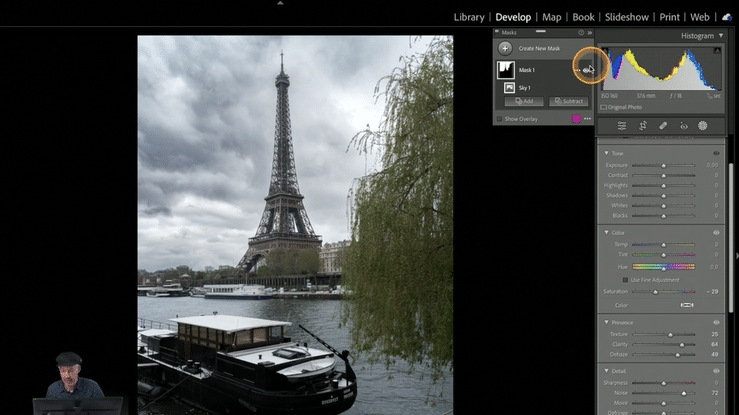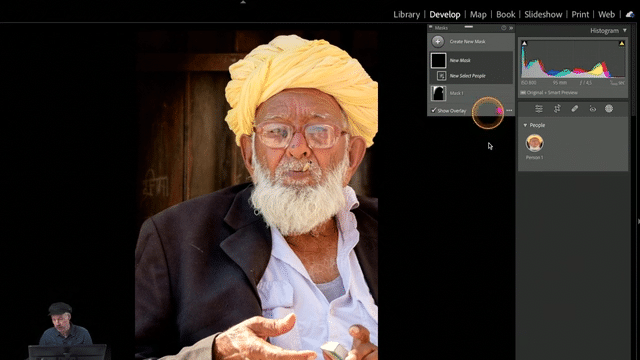It may seem crazy, but the specs of your camera body should probably be the last thing to worry about in travel photography. All cameras purchased in recent years offer a potential image quality that travel photography giants like Steve McCurry could only dream of in their heyday. A 24 megapixel camera, nowadays about the entrylevel resolution, delivers photos of 6,000 x 4,000 pixels. For large format printing, a resolution of 150 dpi (dots per inch) is sufficient. So, you can easily print your travel photos up to 40 inches or one meter wide. With special software such as Gigapixel AI from Topaz Labs, you can even double those dimensions without too much loss in quality. Unless you’re planning on cropping heavily (as is sometimes necessary with wildlife photography), the camera you already have may be enough and that hard-earned cash you’re lusting to blow on a camera upgrade might be better spent on a plane ticket or a fast portrait lens (see below). If you do plan to purchase a new camera, consider a mirrorless one. This type no longer has an optical viewfinder but an electronic one, which has its advantages:
Due to the absence of a mirror, a mirrorless camera is smaller, lighter and quieter. These are all advantages in travel photography.
With a mirrorless camera, you can already see the photo in your viewfinder before you make it. So you have less chance of getting over- or underexposed photos. That real-life preview is also very useful for flash photography.
For a lot of you reading this, you probably don’t have to travel far to have more sun than in your home country. The bright sun can make assessing your photos on the LCD screen of a DSLR quite difficult. With a mirrorless camera, you can review the photo in the electronic viewfinder, with your eye and head providing shade and therefore a better viewing environment. Another aspect that you may want to pay a little more attention to is whether your new camera is sufficiently dust and (splash) waterproof. When traveling, your gear is exposed to the elements a lot more than at home.
Finally, a second camera body is not a superfluous luxury. It can serve as a backup in case of breakage or theft. I have traveled for years with two identical bodies: two Fujifilm X-Pro 2s or two Fujifilm X-T3s, with a wide-angle zoom on one and a portrait lens on the other. I barely had to change lenses, which allowed me to keep my sensors clean. Those two APS-C bodies weighed the same as one full-frame camera, but they did offer me extra flexibility and security. Now that I mainly work with Fujifilm’s GFX system, I sometimes use the super compact Fujifilm X100 as a backup camera.
In addition to my camera, I also bring a fast portrait lens and a wide angle zoom. I find that two lenses cover 95% of my travel photo needs. If you are shooting wildlife, you will probably want to bring a fast telephoto zoom or an even faster long prime like a 400 or 600 mm. Personally, as I don’t photograph wildlife, I like to save some weight on lenses, because I also like to bring a flash and something to diffuse my light, like an umbrella or a softbox. More about those in a future blog post.
One last remark: I sometimes get asked by photographers who already have a camera, which (cheaper) camera they should buy for their travels, the idea being that they don’t want to take their main camera because it’s too expensive and they’re afraid of theft. I have never found that a good reason not to bring your best camera to a trip. Unless you’re going to a really dangerous place, I see no reason to bring, let alone buy a cheaper camera out of fear of getting your better camera stolen. I’d rather use (part of) the money to get a decent insurance for my photo gear wherever I am, because statistically, as you’re probably more home than abroad, chances are that if your camera ever gets stolen, it will be where you use it most.
So, let met know in the comments: what is your travel camera?

























